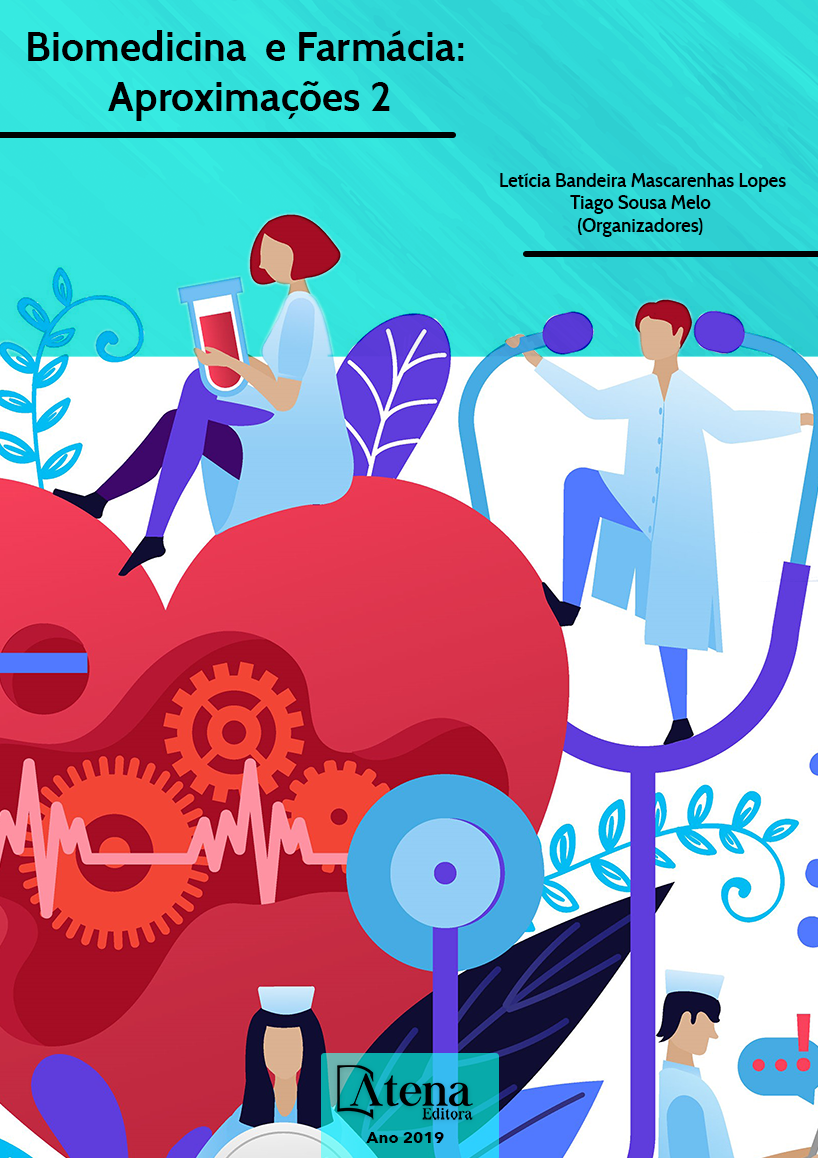
BIOTECHNOLOGICAL APPLICATIONS OF THE YEAST CELL WALL WITH EMPHASIS ON THE DEVELOPMENT OF FEED ADDITIVES
Atena
BIOTECHNOLOGICAL APPLICATIONS OF THE YEAST CELL WALL WITH EMPHASIS ON THE DEVELOPMENT OF FEED ADDITIVES
-
DOI: 10.22533/at.ed.23119150417
-
Palavras-chave: Atena
-
Keywords: biotechnology, mycotoxin adsorbent, yeast wall cell.
-
Abstract:
The objective of the chapter was
to give a general look at the applications that
yeasts can and could have. Some of them are
used as supplements in animal feed due to their
relatively high content of proteins and amino
acids, energy and micronutrients compared
to common cereals and oilseed meals. It has
been shown that whole cells, cell walls, wall
components improve the performance and
health of animal growth. Although, there are
many researches that evaluate the use of yeasts
in the p otential development and the benefits
for human and animal health. It is necessary
to develop biotechnological strategies such as
the one proposed in this chapter. Four strains
of yeasts with probiotic properties (S. boulardii
RC009; S. cerevisiae RC012, S. cerevisiae
VM014 and K. marxianus VM004) were tested
to be used as adsorbents of AFB1. The use of
waste from the bioethanol industry was studied
as a carbon source to produce biomass and
extract the cell wall of the yeasts. The walls were
studied using Transmission Electron Microscopy
and Fourier Transform Infrared, determining the
thickness of the wall and the composition. The
quantification of the adsorption of AFB1 using
High Performance Liquid Chromatography was
conducted. Increasing the thickness of yeast
walls to be used as feed additives and mycotoxin
adsorbents is a promising strategy to reduce
the exposure to animals (and, consequently, to
humans) of mycotoxins, since the capacity of
adsorption is due to the interactions between
the yeast wall and the mycotoxins.
-
Número de páginas: 15
- Carina M. Pereyra
- Mariana A. Montenegro
- Lilia R. Cavaglieri
- Carina Maricel Pereyra


